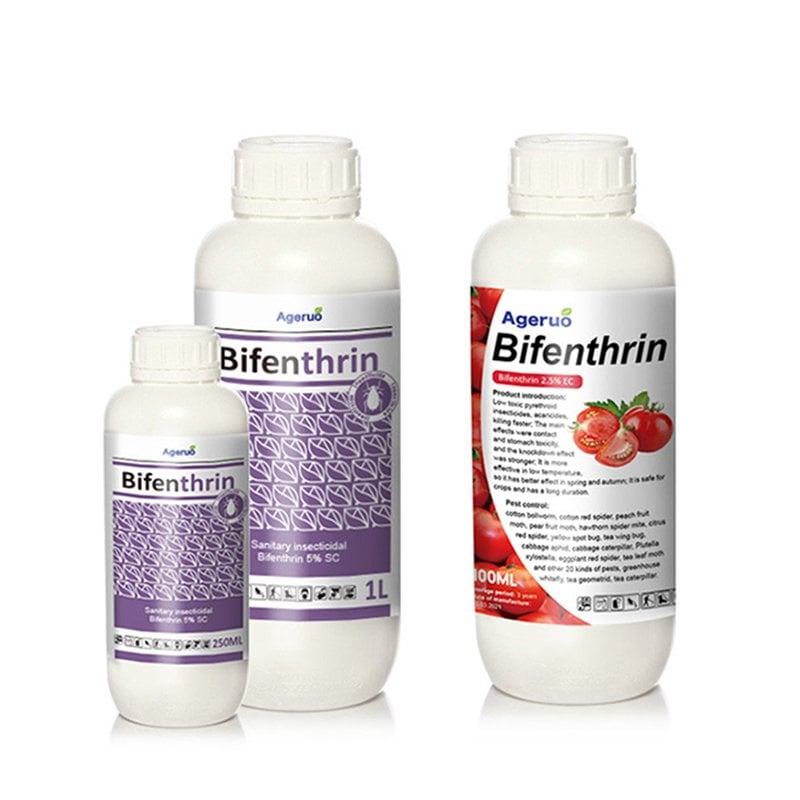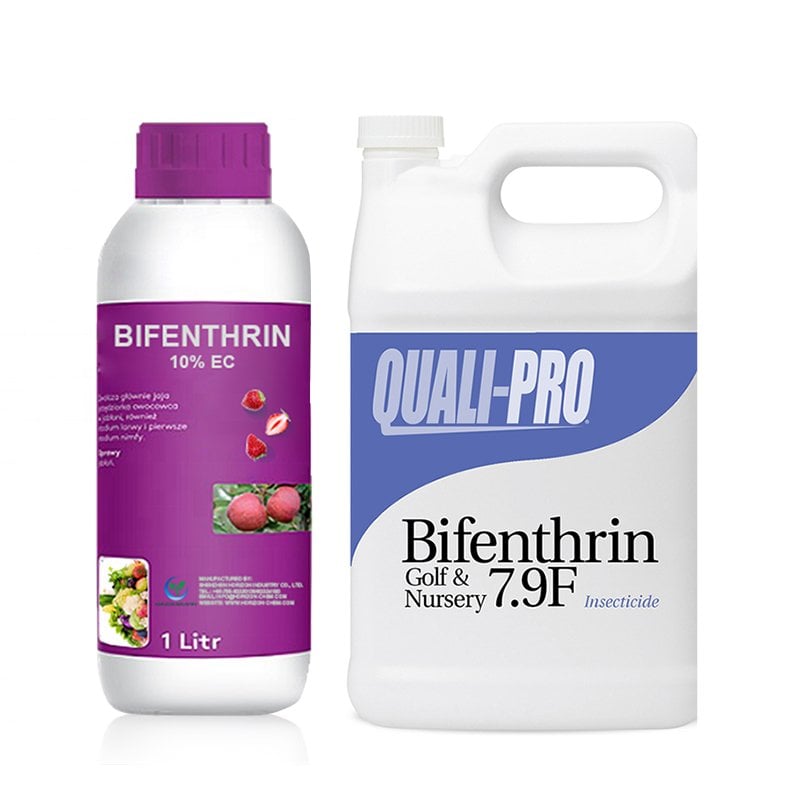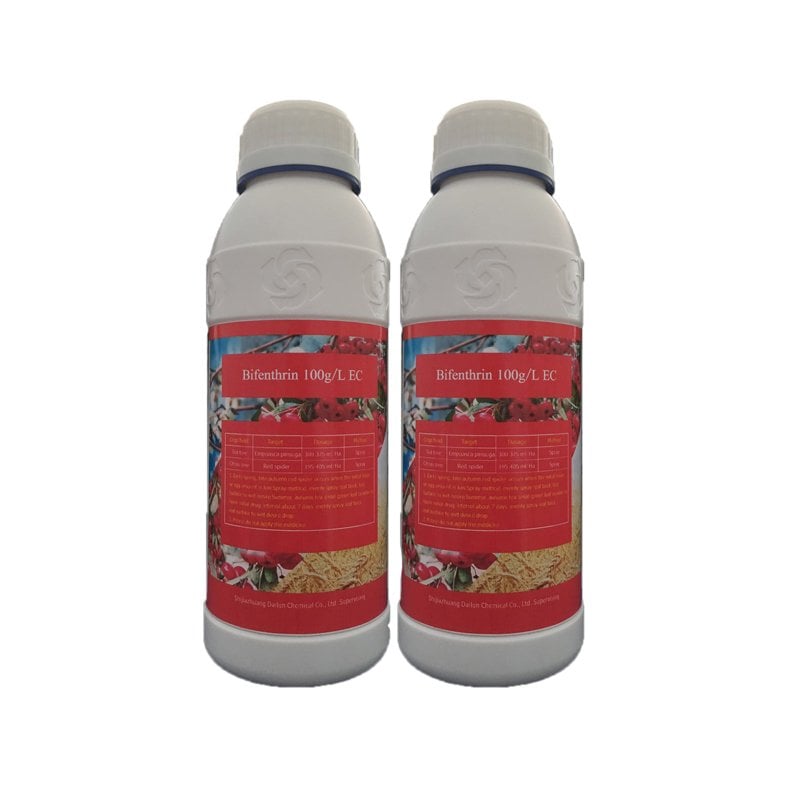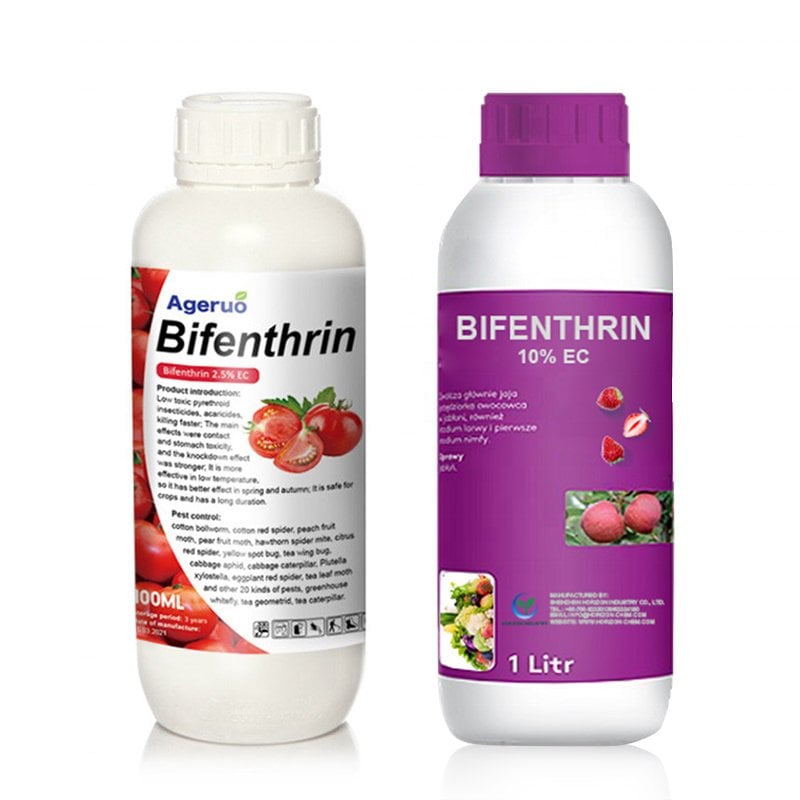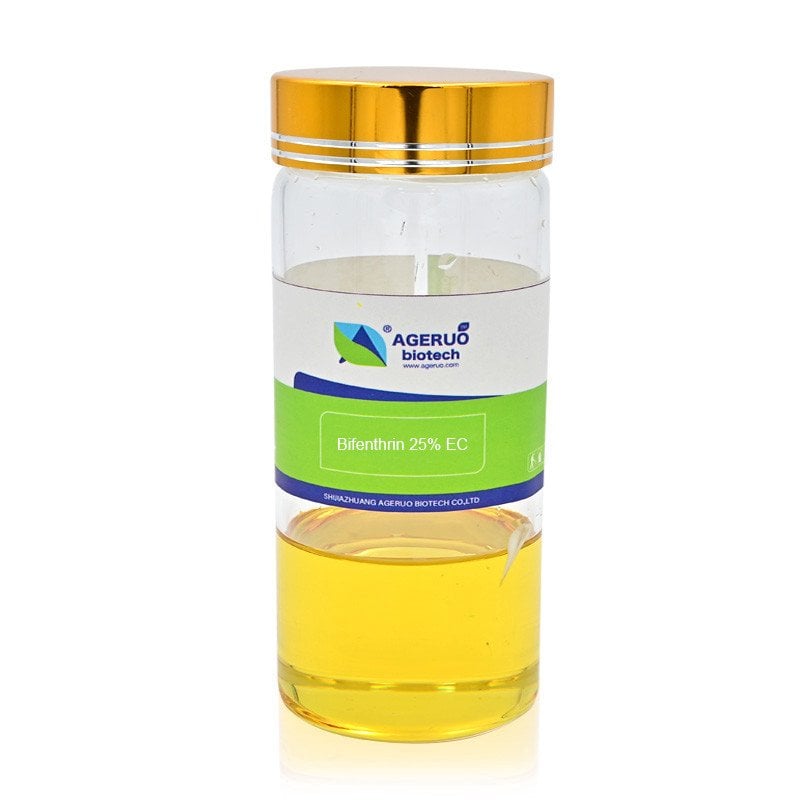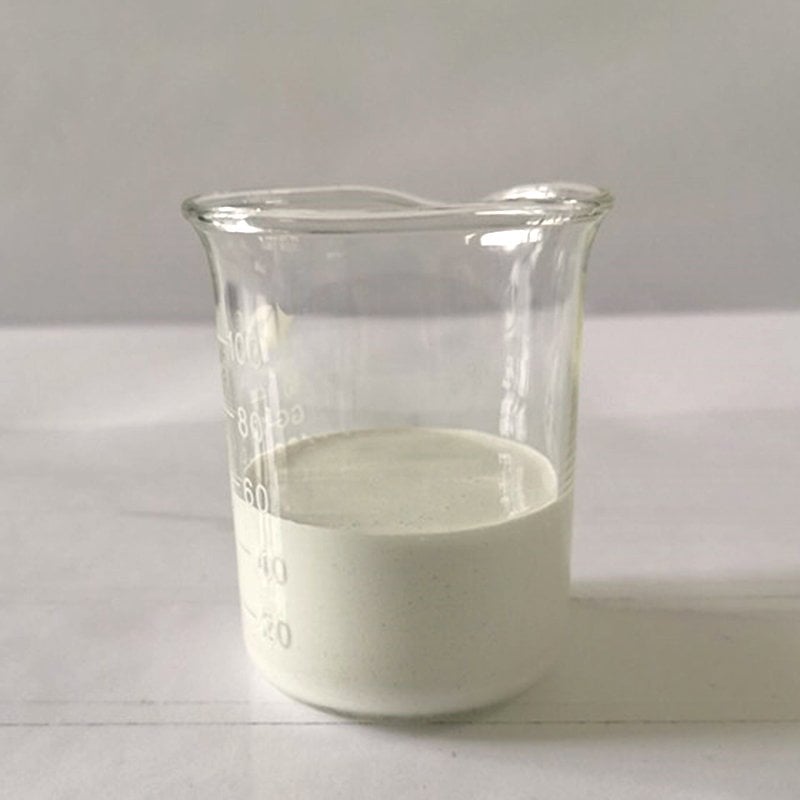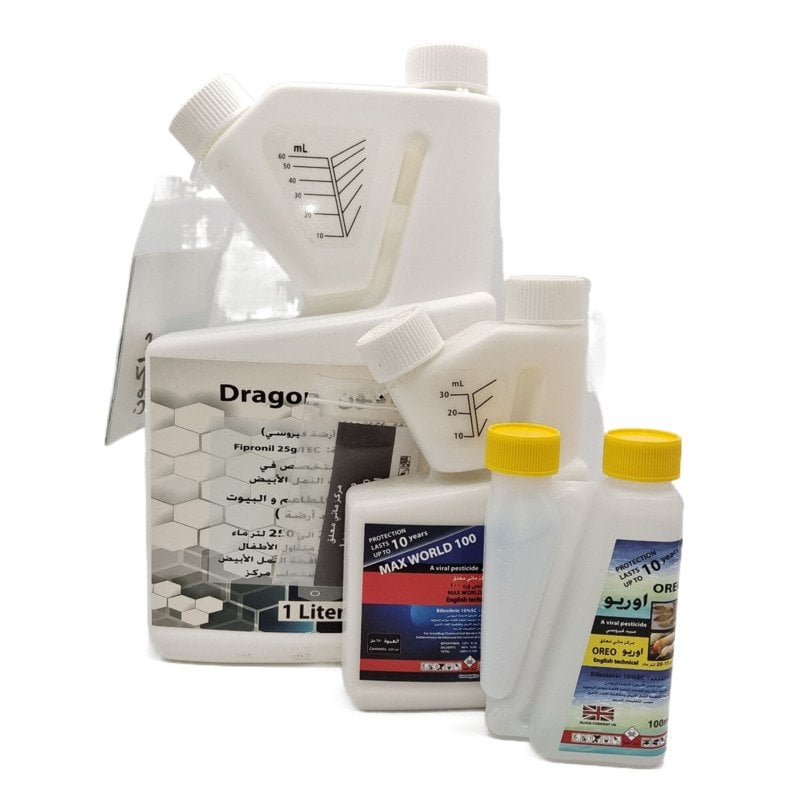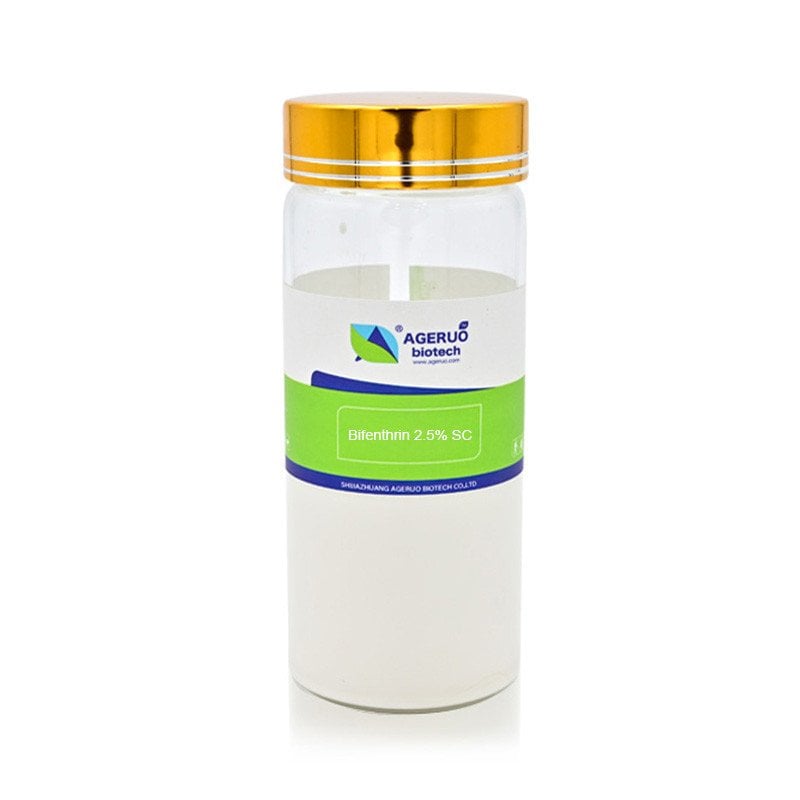Bifenthrin vs Permethrin
A Comprehensive Comparison for Pest Control Solutions
In pest control, choosing the right insecticide achieves the best insecticidal results while minimizing risks to the environment and non-target species. Two commonly used insecticides in the agricultural and household sectors are Bifenthrin and Permethrin. Both belong to the pyrethroid class of chemicals and share some similarities in their mechanisms of action. However, they also have distinct differences in terms of efficacy, environmental impact, and suitable applications. This article provides a detailed, professional comparison of Bifenthrin vs Permethrin, highlighting their key features, benefits, and limitations.
What is Bifenthrin?
Bifenthrin is a synthetic pyrethroid widely used in agricultural and pest control applications. It is renowned for its broad-spectrum efficacy against a wide range of pests, including aphids, whiteflies, fleas, and mites. Bifenthrin works by interfering with the insect’s nervous system, causing overstimulation and eventual paralysis and death. Due to its high level of fluorination, Bifenthrin exhibits excellent stability in the environment and longer residual activity.
Key Features of Bifenthrin:
- Mechanism of Action: Bifenthrin disrupts the normal flow of sodium ions in the insect’s nervous system, leading to hyperexcitation and death.
- Applications: Primarily used in agriculture (crop protection), public health (vector control), and household pest control.
- Residual Activity: Long-lasting (up to several weeks or months).
- Environmental Impact: Can be toxic to aquatic organisms and beneficial insects such as bees. Careful application is required to minimize environmental risks.
What is Permethrin?
Permethrin is another widely used pyrethroid insecticide with a similar mechanism of action to Bifenthrin. It is primarily used for household pest control, public health purposes (such as mosquito control), and certain agricultural applications. Permethrin has a lower fluorine content compared to Bifenthrin, which results in a relatively shorter residual activity but still provides highly effective pest control.
Key Features of Permethrin:
- Mechanism of Action: Similar to Bifenthrin, Permethrin disrupts sodium ion channels in the insect’s nervous system, causing paralysis and death.
- Applications: Used extensively for domestic pest control (e.g., mosquitoes, cockroaches, fleas), personal protection (e.g., insect-repellent clothing), and some agricultural pest management.
- Residual Activity: Shorter residual activity (typically several days to weeks).
- Environmental Impact: Generally less harmful to the environment than Bifenthrin, but still requires careful use to avoid non-target effects.
Bifenthrin vs Permethrin: A Quick Comparison
| Feature | Bifenthrin | Permethrin |
|---|---|---|
| Chemical Class | Pyrethroid | Pyrethroid |
| Mechanism of Action | Disrupts sodium ion flow in insect nerves | Disrupts sodium ion flow in insect nerves |
| Primary Applications | Agriculture, Public Health, Household | Household, Public Health, Personal Protection, Agriculture |
| Residual Activity | Long-lasting (weeks to months) | Short-term (days to weeks) |
| Environmental Impact | Toxic to aquatic organisms and bees | Lower environmental toxicity, but still requires caution |
| Effectiveness | Long-term pest control, broad-spectrum | Rapid control, effective for short-term use |
Bifenthrin vs Permethrin: In-Depth Comparison
1. Chemical Properties and Mechanism of Action
While both Bifenthrin and Permethrin are synthetic pyrethroids, their molecular structures differ slightly, which impacts their stability and residual activity. Bifenthrin is highly fluorinated, which makes it more stable and gives it a longer-lasting effect in the environment. In contrast, Permethrin has lower fluorination and generally degrades faster, leading to a shorter residual period.
- Bifenthrin: Its higher stability in the environment contributes to a longer residual effect, making it ideal for sustained pest control.
- Permethrin: Although effective, its shorter residual period means it may require more frequent applications for continued pest control.
2. Application Fields and Efficacy
- Bifenthrin is highly versatile and widely used in both agricultural and non-agricultural sectors. In agriculture, it is effective against a variety of pests such as aphids, whiteflies, and spider mites. It is also used in public health applications, including vector control, due to its long-lasting efficacy.
- Permethrin, while also effective against many of the same pests, is predominantly used for household pest management, particularly in controlling mosquitoes, fleas, and bedbugs. It is often found in personal protection products such as insect-repellent-treated clothing and bed nets.
3. Environmental Considerations and Safety
- Bifenthrin has a relatively high toxicity to non-target species, particularly aquatic organisms and pollinators like bees. This makes careful application essential, especially in agricultural settings where water contamination is a concern.
- Permethrin is generally considered safer for the environment but can still pose risks to aquatic life and non-target insects if not applied correctly. It is less toxic to mammals, including humans, but can cause skin irritation in some individuals.
4. Effectiveness for Long-Term vs Short-Term Pest Control
- Bifenthrin is best suited for long-term pest control. Its extended residual activity makes it a top choice for agricultural applications, where ongoing protection against pests is needed. It is also used in outdoor pest management, such as for termites or ants.
- Permethrin, on the other hand, is more suitable for short-term pest control. It is often used in domestic and personal protection products, where a fast-acting solution is required, and reapplication may be necessary.
Conclusion: Which Insecticide Is Right for You?
Both Bifenthrin and Permethrin offer effective pest control solutions, but choosing the right product depends on your specific needs:
- For Long-Term Agricultural Pest Control: Bifenthrin is the better choice, offering extended residual activity and broad-spectrum effectiveness.
- For Short-Term Household and Public Health Control: Permethrin is more appropriate for rapid pest elimination and is widely used in personal protection products and domestic applications.
A Comprehensive Comparison for Pest Control Solutions
In pest control, choosing the right insecticide achieves the best insecticidal results while minimizing risks to the environment and non-target species. Two commonly used insecticides in the agricultural and household sectors are Bifenthrin and Permethrin. Both belong to the pyrethroid class of chemicals and share some similarities in their mechanisms of action. However, they also have distinct differences in terms of efficacy, environmental impact, and suitable applications. This article provides a detailed, professional comparison of Bifenthrin vs Permethrin, highlighting their key features, benefits, and limitations.
What is Bifenthrin?
Bifenthrin is a synthetic pyrethroid widely used in agricultural and pest control applications. It is renowned for its broad-spectrum efficacy against a wide range of pests, including aphids, whiteflies, fleas, and mites. Bifenthrin works by interfering with the insect’s nervous system, causing overstimulation and eventual paralysis and death. Due to its high level of fluorination, Bifenthrin exhibits excellent stability in the environment and longer residual activity.
Key Features of Bifenthrin:
- Mechanism of Action: Bifenthrin disrupts the normal flow of sodium ions in the insect’s nervous system, leading to hyperexcitation and death.
- Applications: Primarily used in agriculture (crop protection), public health (vector control), and household pest control.
- Residual Activity: Long-lasting (up to several weeks or months).
- Environmental Impact: Can be toxic to aquatic organisms and beneficial insects such as bees. Careful application is required to minimize environmental risks.
What is Permethrin?
Permethrin is another widely used pyrethroid insecticide with a similar mechanism of action to Bifenthrin. It is primarily used for household pest control, public health purposes (such as mosquito control), and certain agricultural applications. Permethrin has a lower fluorine content compared to Bifenthrin, which results in a relatively shorter residual activity but still provides highly effective pest control.
Key Features of Permethrin:
- Mechanism of Action: Similar to Bifenthrin, Permethrin disrupts sodium ion channels in the insect’s nervous system, causing paralysis and death.
- Applications: Used extensively for domestic pest control (e.g., mosquitoes, cockroaches, fleas), personal protection (e.g., insect-repellent clothing), and some agricultural pest management.
- Residual Activity: Shorter residual activity (typically several days to weeks).
- Environmental Impact: Generally less harmful to the environment than Bifenthrin, but still requires careful use to avoid non-target effects.
Bifenthrin vs Permethrin: A Quick Comparison
| Feature | Bifenthrin | Permethrin |
|---|---|---|
| Chemical Class | Pyrethroid | Pyrethroid |
| Mechanism of Action | Disrupts sodium ion flow in insect nerves | Disrupts sodium ion flow in insect nerves |
| Primary Applications | Agriculture, Public Health, Household | Household, Public Health, Personal Protection, Agriculture |
| Residual Activity | Long-lasting (weeks to months) | Short-term (days to weeks) |
| Environmental Impact | Toxic to aquatic organisms and bees | Lower environmental toxicity, but still requires caution |
| Effectiveness | Long-term pest control, broad-spectrum | Rapid control, effective for short-term use |
Bifenthrin vs Permethrin: In-Depth Comparison
1. Chemical Properties and Mechanism of Action
While both Bifenthrin and Permethrin are synthetic pyrethroids, their molecular structures differ slightly, which impacts their stability and residual activity. Bifenthrin is highly fluorinated, which makes it more stable and gives it a longer-lasting effect in the environment. In contrast, Permethrin has lower fluorination and generally degrades faster, leading to a shorter residual period.
- Bifenthrin: Its higher stability in the environment contributes to a longer residual effect, making it ideal for sustained pest control.
- Permethrin: Although effective, its shorter residual period means it may require more frequent applications for continued pest control.
2. Application Fields and Efficacy
- Bifenthrin is highly versatile and widely used in both agricultural and non-agricultural sectors. In agriculture, it is effective against a variety of pests such as aphids, whiteflies, and spider mites. It is also used in public health applications, including vector control, due to its long-lasting efficacy.
- Permethrin, while also effective against many of the same pests, is predominantly used for household pest management, particularly in controlling mosquitoes, fleas, and bedbugs. It is often found in personal protection products such as insect-repellent-treated clothing and bed nets.
3. Environmental Considerations and Safety
- Bifenthrin has a relatively high toxicity to non-target species, particularly aquatic organisms and pollinators like bees. This makes careful application essential, especially in agricultural settings where water contamination is a concern.
- Permethrin is generally considered safer for the environment but can still pose risks to aquatic life and non-target insects if not applied correctly. It is less toxic to mammals, including humans, but can cause skin irritation in some individuals.
4. Effectiveness for Long-Term vs Short-Term Pest Control
- Bifenthrin is best suited for long-term pest control. Its extended residual activity makes it a top choice for agricultural applications, where ongoing protection against pests is needed. It is also used in outdoor pest management, such as for termites or ants.
- Permethrin, on the other hand, is more suitable for short-term pest control. It is often used in domestic and personal protection products, where a fast-acting solution is required, and reapplication may be necessary.
Conclusion: Which Insecticide Is Right for You?
Both Bifenthrin and Permethrin offer effective pest control solutions, but choosing the right product depends on your specific needs:
- For Long-Term Agricultural Pest Control: Bifenthrin is the better choice, offering extended residual activity and broad-spectrum effectiveness.
- For Short-Term Household and Public Health Control: Permethrin is more appropriate for rapid pest elimination and is widely used in personal protection products and domestic applications.

